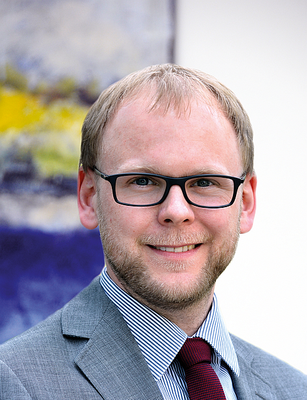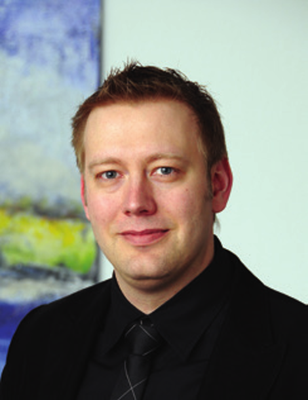CPM Airbag Modeling
Airbags are one of the most important components for occupant safety in motor vehicles. Besides standard airbags for driver and passenger, more and more different and specified variants such as curtain airbags or knee airbags have been applied recently. Every airbag has to be optimized especially for its particular application. Precise representation of the airbag’s behavior regarding deployment and performance are necessary in order to achieve a high quality model for the occupant restraint system.
The one day course presents the fundamentals to build up a model for the simulation of airbags in LS-DYNA. Starting with the less complex uniform pressure (UP) approach, theoretical background and implementation of the newer corpuscular method (CPM) is introduced. The method is based on a particle approach and has become state-of-the-art for all airbag applications due to its accuracy and numerical robustness and efficiency. In nowadays occupant simulations with LS-DYNA, every airbag is modelled using CPM.
Besides the description of *AIRBAG_PARTICLE as well as the related keywords regarding definition of the control volume, number of particles, definition of vents, gas properties, etc. further modeling aspects affecting the airbag’s behavior are discussed. State-of-the-art techniques as well as most recent implementations in LS-DYNA with their influence on the deployment behavior are presented.
Contents
- Introduction
- Basics
- Different aspects of airbag modeling in LS-DYNA
- The uniform pressure method
- Theoretical background
- Available keywords related to different UP-models in LS-DYNA
- Wang-Nefske approach and hybrid gas generators
- Jetting definition for UP airbag models
- Theoretical background
- Available keywords and application of CPM in LS-DYNA
- Merits and limits of UP modeling
- Corpuscular Method (CPM)
- Influence of different parameters on the airbag’s behavior
- Merits and limits of CPM modeling
- Material definition and reference geometry
- Definition and influence of a reference geometry
- Material definition using *MAT_FABRIC (non-linearities, anisotropy, porosity and validation)
- Contact definition and folding simulation
- Model set-up
- Modeling advices regarding CPM airbag models
- Discussion of tank tests and airbag validation
- Process chain for airbag modeling
- Post processing of results
- Examples
| Dates | Duration/days | Calendar | Registration | Referee | Language | Location | Fee |
|---|---|---|---|---|---|---|---|
| 27.09.2024, 09:00 - 17:00 | 1 day | Add to calendar | Steffen Mattern | English | Stuttgart (GER) | 525 € | |
| 28.02.2025, 09:00 - 17:00 | 1 day | Add to calendar | Steffen Mattern | English | Stuttgart (GER) | 525 € |
Lecturers
Steffen Mattern

Crash
Civil engineering
Sebastian Stahlschmidt

Dipl.-Ing.
Manager occupant simulation
Areas of expertise:
Occupant safety, dummy models
Academic studies:
Civil engineering